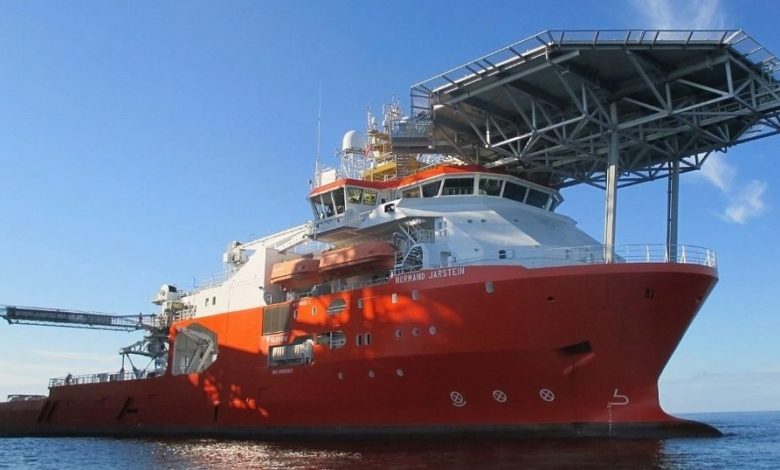Energy News Beat
- Nuclear energy stocks are experiencing a resurgence due to increased demand from AI and data centers.
- The Trump administration’s $500 billion AI infrastructure venture further boosted nuclear stocks.
- Nuclear power is seen as a solution to meet the growing energy demands of AI and data centers while reducing greenhouse gas emissions.
Over the past couple of years, the nuclear energy sector has enjoyed a renaissance in the U.S. and many western countries thanks to the global energy crisis triggered by Russia’s war in Ukraine, high power demand and nuclear’s status as a low-carbon energy source. Uranium demand has soared thanks to a series of policy “U-turns” with governments from Japan to Germany revising plans to phase out nuclear power. Uranium spot prices hit an all-time high of $81.32 per pound in February, double the level 12 months prior. According to the World Nuclear Association, demand from reactors is expected to climb 28% by 2030, and nearly double by 2040. Not surprisingly, the sector’s popular benchmark, VanEck Uranium and Nuclear ETF (NYSEARCA:NLR), recently hit an all-time high.
However, last month, nuclear energy stocks started pulling back sharply, mostly because the sector was seriously overheating. One of the biggest losers was NuScale Power Corp. (NYSE:SMR), with the stock crashing nearly 30% in a matter of weeks. The selloff kicked off after the company disclosed an agreement with several brokerage firms in which the company may offer and sell from time to time as much as $200M in common stock. NuScale says proceeds from the sale will be used for general corporate purposes, including operating expenses, capital expenditures, R&D costs and working capital. NuScale is a developer of modular light water reactor nuclear power plants. Small modular nuclear reactors (SMRs) are advanced nuclear reactors with power capacities that range from 50-300 MW(e) per unit, compared to 700+ MW(e) per unit for traditional nuclear power reactors.
Thankfully, nuclear stocks are on fire again after President Donald Trump on Tuesday announced a $500 billion joint venture with Oracle Corp. (NYSE:ORCL), OpenAI, and SoftBank (OTCPK:SFTBY) to build AI infrastructure in the U.S. The companies have pledged to commit $100 billion to start, and as much as $500 billion over the next four years toward the initiative, with Trump calling it “largest AI infrastructure project in history.” OpenAI, ChatGPT maker, said it expects the project, called Stargate, to help support American leadership in AI, and that it could create “hundreds of thousands” of jobs in the U.S. Other tech giants including Nvidia Corp.(NASDAQ:NVDA) Microsoft (NASDAQ:MSFT)) and Arm Holdings (NASDAQ:ARM) are also expected to be technology partners in the project.
NuScale stock has rocketed 1,175% over the past 12 months; Oklo Inc. (NYSE:OKLO), which is backed by OpenAI CEO Sam Altman, has surged 299%, Vistra Corp. (NYSE:VST) has soared 386% while Centrus Energy (NYSE:LEU) has jumped 73% over the timeframe.
Meanwhile, shares of Nano Nuclear Energy (NASDAQ:NNE) have jumped 1,017% since its May 2024 IPO. The shares made further gains on Thursday after the company was awarded patents related to its designs for a modular transportable nuclear generator. Nano Nuclear is developing ZEUS, a solid core battery reactor, and ODIN, a low-pressure salt coolant reactor.
Yet another big mover is Baltimore, Maryland-based Constellation Energy Corporation (NASDAQ:CEG), a power utility that sells natural gas, energy-related products, and sustainable solutions. CEG shares have soared 200% over the past 52 weeks. The company owns approximately 33,094 megawatts of generating capacity consisting of nuclear, wind, solar, natural gas, and hydroelectric assets.
Long-Term Bullish
The big nuclear rally kicked off last year after NuScale signed an agreement with Standard Power to supply the data center provider with SMRs. Standard Power–a developer of modular data centers–will use NuScale Power’s power solutions at two separate sites, where up to 12 SMRs (at each site) would be used to provide power for new data centers. Suddenly, the market took note of SMRs as a viable solution for data centers struggling to keep up with surging power demands by artificial intelligence (AI) computing. The International Energy Agency has projected that global data center electricity consumption will jump from 460 terawatt-hours in 2022 to 1,000 terawatt-hours in 2026.
The long-term outlook for the nuclear sector remains bullish, with nuclear power expected to meet surging AI demand and lower greenhouse gas emissions. According to Goldman Sachs, escalating electricity needs from running AI data centers will generate downstream investment opportunities that will benefit utilities, renewable energy generation, and industrial sectors. The investment bank has forecast that data center power demand will grow at 15% compound annual growth rate from 2023-2030, with data centers consuming 8% of total U.S. electricity output at the end of the forecast period compared to ~3% currently. Analysts estimate that ~47 GW of additional power generation capacity will be required to meet the growth in U.S. data center power demand by 2030.
Last year, a total of 34 countries, including the U.S., pledged to increasingly deploy nuclear power to reduce reliance on fossil fuels. According to the International Energy Agency’s (IEA) report Electricity 2024, nuclear power generation is forecast to reach an all-time high globally in 2025, exceeding the previous record set in 2021 as new reactors begin commercial operations in multiple markets, including China, India, South Korea, and Europe; output from France climbs and several plants in Japan are restarted.
By Alex Kimani for Oilprice.com
Is Oil and Gas An Investment for You?
The post Nuclear Stocks Soar on Stargate AI Infrastructure Announcement appeared first on Energy News Beat.




















